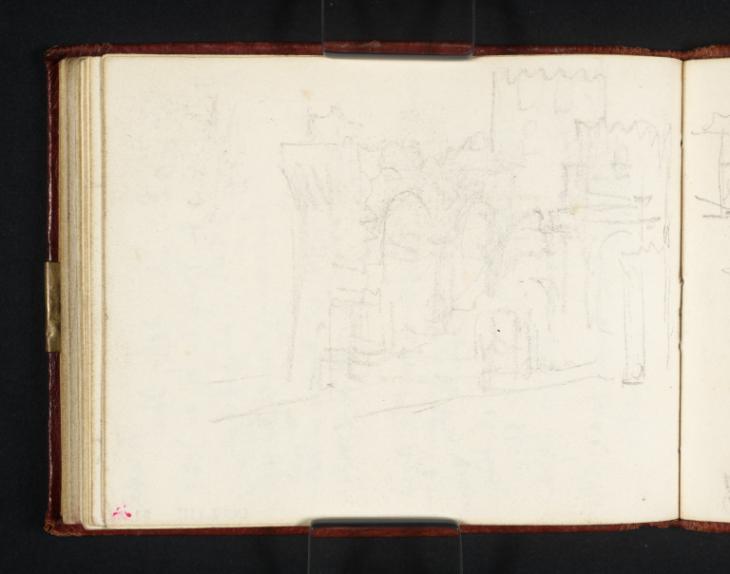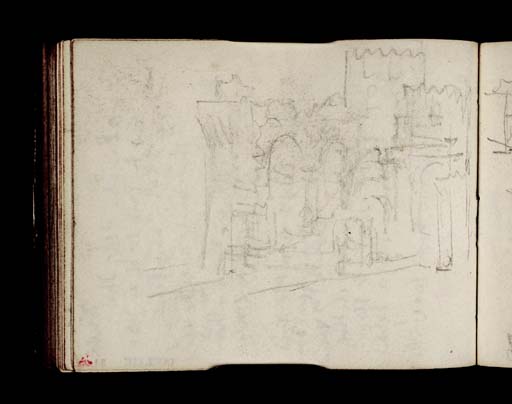References
How to cite
Matthew Imms, ‘Castellated Ruins: ?Study for ‘Caligula’s Palace and Bridge’ c.1830 by Joseph Mallord William Turner’, catalogue entry, September 2016, in David Blayney Brown (ed.), J.M.W. Turner: Sketchbooks, Drawings and Watercolours, Tate Research Publication, December 2016, https://www


